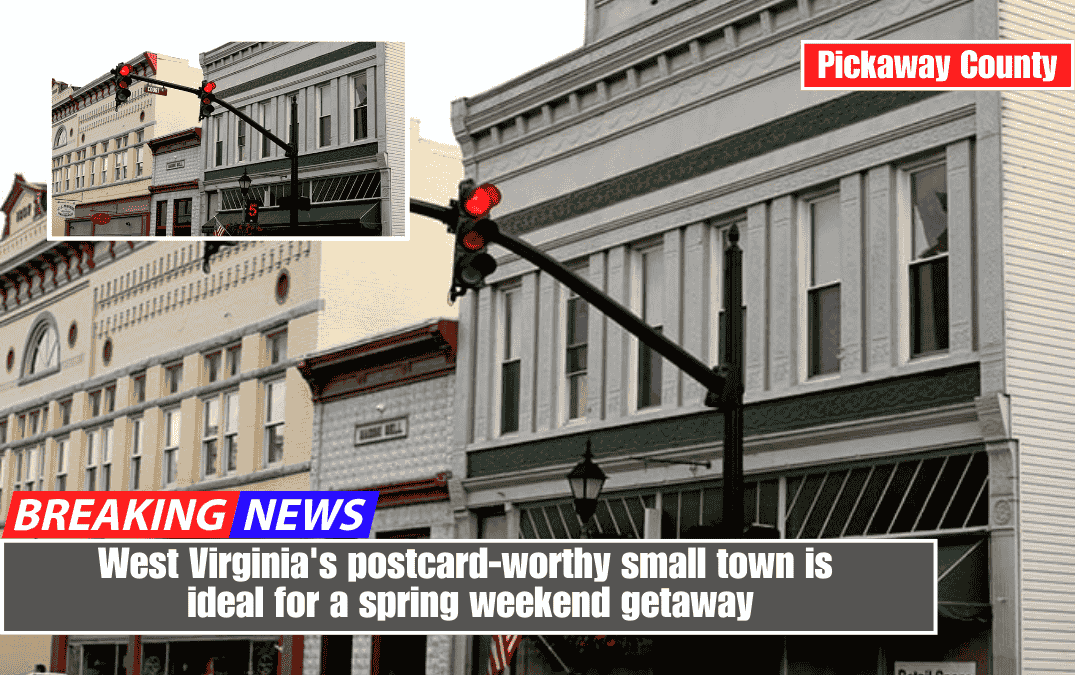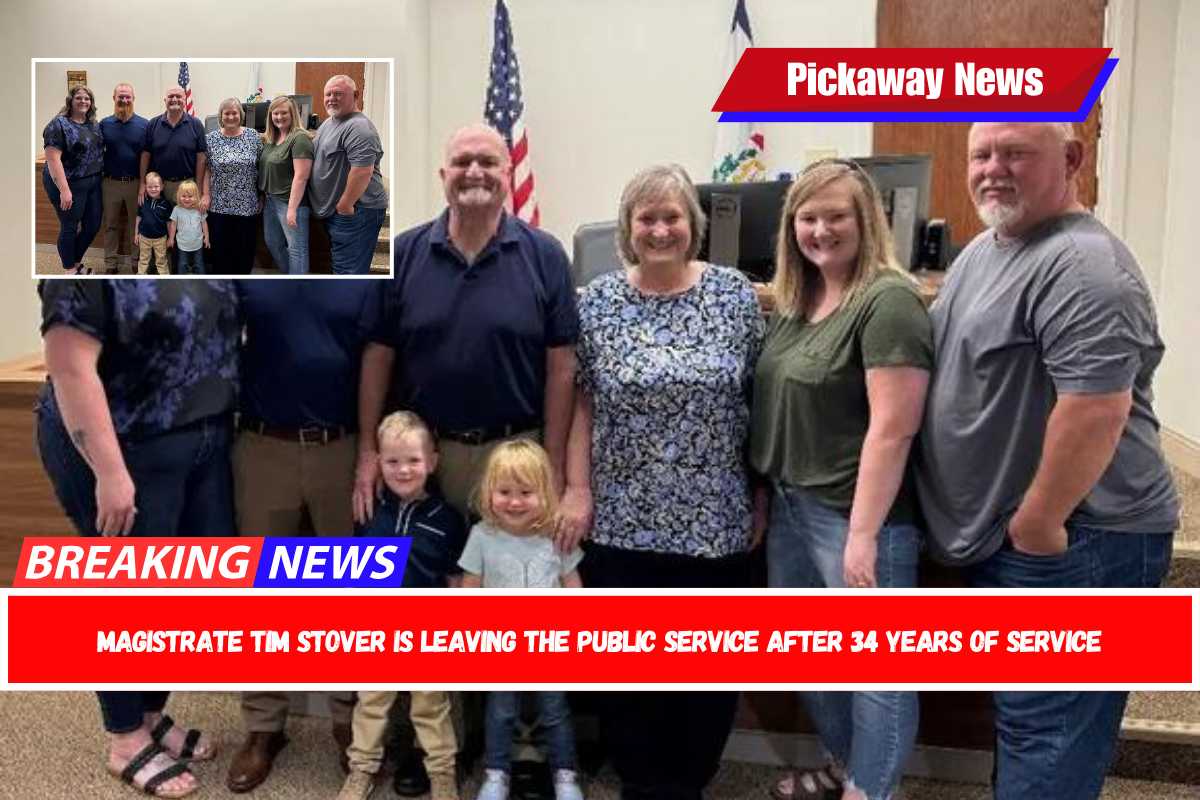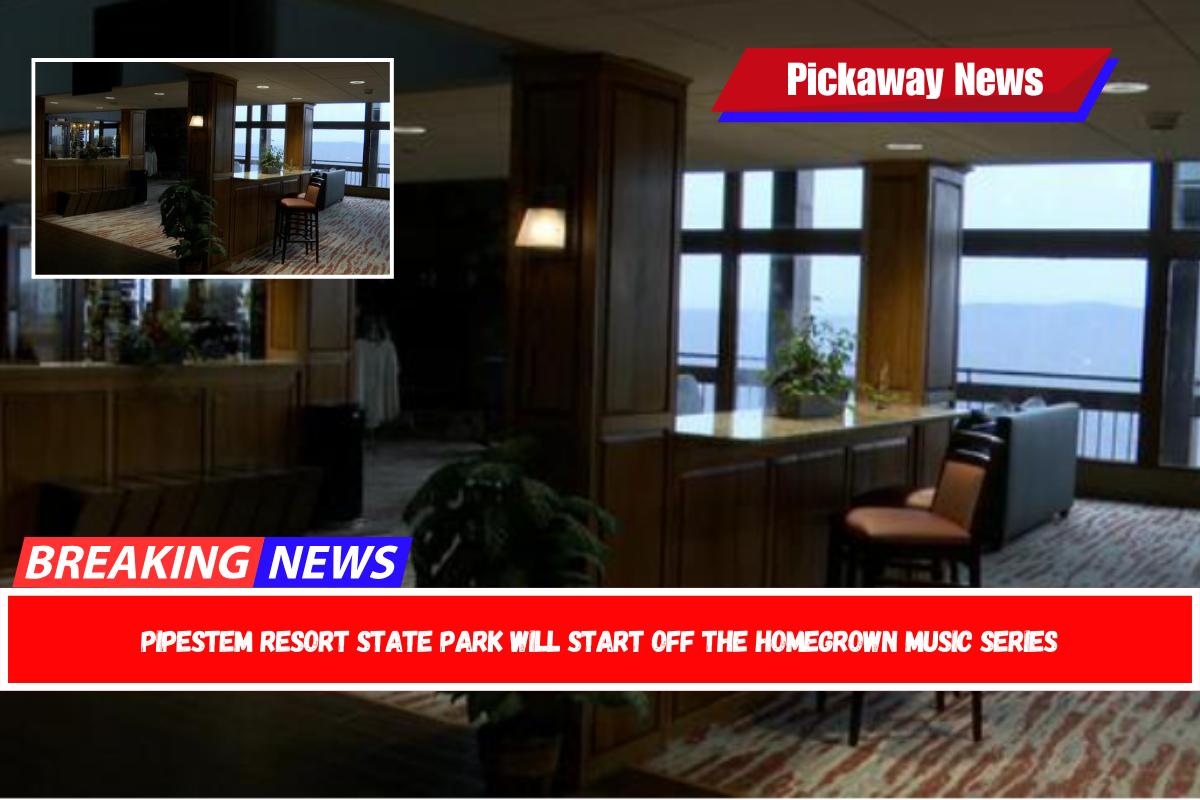Lewisburg, West Virginia, is nestled between rolling Appalachian hills and blooming dogwoods, where history whispers through brick facades and spring breezes carry the scent of locally roasted coffee down streets that appear to have been designed specifically for your Instagram feed.
I’ve wandered through countless towns across America looking for authentic experiences, but few places strike the perfect balance of historic charm and modern vitality like this Greenbrier Valley treasure.
When the redbuds and cherry blossoms frame Lewisburg’s 18th-century architecture against clear blue spring skies, you’ll understand why this isn’t just another small town; it’s a masterpiece of preservation and reinvention that has been named “America’s Coolest Small Town” by Budget Travel magazine.
The downtown historic district feels like a living museum, where you can interact with the exhibits, sip delicious coffee, and shop for artisanal treasures made by local hands.
Spring in Lewisburg means outdoor dining returns, farmers markets are brimming with early harvests, and the surrounding nature trails showcase Appalachia awakening from its winter slumber.
This is the season when this town truly shines – both literally and metaphorically.
Allow me to guide you through the ideal spring weekend in this mountain paradise that feels both timeless and completely present.
By the end, you’ll have checked your calendar and packed your weekend bag.
The historic district in downtown Lewisburg is an excellent starting point for exploring this remarkable town.
With over 100 buildings on the National Register of Historic Places, simply walking down these streets is like taking a journey through American architectural history.
Spring brings vibrant splashes of color to an already picturesque scene, with flowering trees, carefully tended planters, and the emerald green of new growth framing centuries-old buildings.
Washington Street, the main thoroughfare, provides a crash course in architectural styles ranging from the late 1800s to the Victorian era.
The brick sidewalks beneath your feet have seen over two centuries of American life unfold.
Carnegie Hall serves as a cultural beacon in this small town, and it is one of only four Carnegie Halls in the world that is still in use.
Spring brings an especially vibrant performance calendar, with everything from classical concerts to contemporary theater productions that would look right at home in venues ten times larger.
The building, a handsome 1902 structure, represents Andrew Carnegie’s dedication to providing cultural opportunities to communities across America.
The North House Museum provides a fascinating look into the region’s history.
The museum, located in a stately 1820s building, tells the story of the Greenbrier Valley from indigenous settlements to European colonization and beyond.
What distinguishes this museum is not just its collection of artifacts, but also how they are presented through storytelling that makes history feel immediate and relevant.
The Old Stone Presbyterian Church has stood since 1796, its limestone walls a testament to the skill of early stonemasons and the community’s unwavering faith.
In the spring, the ancient cemetery behind the church transforms into a tranquil garden, with wildflowers blooming between historic gravestones that tell the stories of the region’s first European settlers.
During the Civil War, the church served as a hospital, and the limestone walls have witnessed the entirety of American history, from the early republic to the present.
For a town with fewer than 4,000 residents, Lewisburg’s cultural offerings are nothing short of extraordinary.
The Greenbrier Valley Theatre, West Virginia’s Official State Professional Theatre, puts on shows of exceptional quality and ambition.
Their spring season typically includes a mix of beloved classics and bold contemporary works, all performed in an intimate setting with perfect sightlines from every seat.
As the weather warms, Lewisburg’s outdoor spaces become extensions of the city’s cultural offerings.
Carnegie Hall’s sprawling lawn hosts concerts where you can spread out a blanket, open a bottle of wine, and listen to music under the stars.
These events attract a delightful mix of locals and visitors, fostering a sense of community that is becoming increasingly rare in today’s digitally isolated world.
The Lost World Caverns, just minutes from downtown, provide a completely different type of spring adventure.
While the surrounding landscape changes with each season, the caverns retain their timeless beauty and constant 52-degree temperature.
Descending into this underground wonderland reveals spectacular formations known as “The Snowy Chandelier” and “Bridal Veil” – nature’s artwork created drop by drop over thousands of years.
What’s particularly wonderful about these caverns is that they’ve remained largely unaltered – this isn’t a heavily commercialized attraction with colored lights and piped music.
It’s a genuine encounter with the geological wonders that exist beneath the Appalachian Mountains.
Now, let’s talk about what may be my favorite topic: the food scene that makes Lewisburg a legitimate culinary destination.
The Stardust Café exemplifies true farm-to-table dining.
Spring brings a complete menu refresh as the first harvests arrive from local farms.
Their commitment to seasonal, locally sourced ingredients is more than just marketing; it is reflected in dishes that highlight the Greenbrier Valley’s incredible agricultural bounty.
The dining room’s large windows let in plenty of spring light, and if the weather permits, their sidewalk seating provides excellent people-watching opportunities while you eat.
The French Goat brings Parisian bistro culture to the mountains of West Virginia.
Their spring menu may include tender asparagus with perfectly poached eggs, morel mushrooms foraged from nearby forests, or delicate spring lamb from local farms.
The wine list is carefully curated, and the atmosphere strikes the ideal balance between special occasion and casual dining.
For coffee lovers, The Wild Bean represents everything that is great about independent coffee shops.
Their house-roasted beans produce complex, nuanced coffee that encourages you to slow down and savor rather than gulp and go.
In the spring, the shop’s large windows frame the reawakening town, making it the ideal place to plan your day’s adventures or reflect on your previous experiences.
Food of the Past introduces visitors to Appalachia’s rich culinary heritage.
This specialty food store sells products that tell the story of mountain foodways, such as stone-ground grits and locally produced honey infused with spring wildflowers.
It’s a delicious lesson in how geography, culture, and necessity shaped this region’s unique cuisine.
The Livery Tavern is located in a beautifully restored former livery stable.
This upscale restaurant pays homage to both the building’s history and the region’s culinary traditions, while also incorporating modern sophistication.
Their spring menu may include ramps (wild mountain leeks that inspire almost cult-like devotion in Appalachia) or trout from nearby streams.
Their craft cocktail program would impress even in major metropolitan areas, making it all the more remarkable to find in a small mountain community.
Hill and Holler delivers wood-fired pizza perfection to Lewisburg.
Spring marks the return of their outdoor seating area and seasonal pies topped with freshly harvested ingredients from farms as close as a mile away.
It’s the ideal casual meal after a day of exploring, especially when paired with one of their carefully curated craft beers.
For those with a sweet tooth, Bella The Corner Gourmet makes artisanal chocolates and confections that resemble edible artwork.
Their spring collections frequently incorporate floral notes, such as lavender truffles or rose-infused caramels, to capture the essence of the season.
Spring Saturdays are when the Greenbrier Valley Farmers Market shines brightest.
Tender lettuces, asparagus, ramps, and an abundance of plant starts may be available early in the season for home gardeners.
The market serves as a community gathering place, with conversations flowing as freely as the locally roasted coffee sold from a cart near the entrance.
Beyond food and history, Lewisburg provides shopping experiences that honor craftsmanship and creativity.
Harmony Ridge Gallery features the work of over 100 American artists and craftspeople.
From hand-thrown pottery to artisanal jewelry, the pieces on display tell stories of creativity and skill that mass-produced items simply cannot match.
The gallery frequently hosts special spring exhibitions featuring artists who draw inspiration from the natural world.
Yarid’s Shoes has been a Lewisburg institution since 1939, providing the type of personalized service and expertise that is becoming increasingly rare in today’s online shopping world.
Their spring collections arrive just in time for customers to swap out their winter boots for something lighter and brighter.
Wolf Creek Gallery combines Appalachian crafts with global artisanship, resulting in a shopping experience that is both locally rooted and global.
Their carefully chosen merchandise demonstrates a dedication to both aesthetic beauty and ethical sourcing, ranging from handwoven textiles to one-of-a-kind home accessories.
A New Chapter Bookstore is the type of independent bookstore that reminds you why physical books are still important in this digital age.
Their knowledgeable staff can recommend the ideal read for you to enjoy in one of Lewisburg’s many pleasant outdoor spaces as the spring weather invites outdoor reading.
The natural beauty surrounding Lewisburg is especially accessible in the spring, when trails dry out and temperatures moderate.
The Greenbrier River Trail, a 78-mile former railroad track converted into a multi-use path, provides some of the most scenic biking and hiking in the state.
Spring brings wildflowers, bird migrations, and the vibrant green of new growth to this mostly level trail that runs alongside the Greenbrier River.
Organ Cave, one of the largest cave systems in the United States, offers a different perspective on the area’s natural wonders.
The guided tours reveal both spectacular formations and historical significance: the cave was mined for saltpeter, which was used in gunpowder during both the War of 1812 and the Civil War.
For golf enthusiasts, the Lewisburg area has several excellent courses that take advantage of the rolling terrain.
Spring golf here entails playing among dogwoods and redbuds in full bloom, with the mountains providing a dramatic backdrop to each swing.
The 5,100-acre Greenbrier State Forest comes alive in the spring with returning songbirds, blooming wildflowers, and the bright green of new leaves.
The well-maintained trails cater to all fitness levels, making nature accessible to everyone from serious hikers to families with young children.
Spring brings a calendar of special events, giving you even more reasons to visit.
The Chocolate Festival in April transforms Lewisburg into a cocoa-lover’s dream, complete with tastings, demonstrations, and a chocolate mousse eating competition that will either inspire or horrify you, depending on your point of view.
The Lewisburg Literary Festival brings authors and readers together for a celebration of the written word, featuring readings, workshops, and discussions that remind us why stories are important.
Carnegie Hall’s cultural event calendar includes everything from bluegrass concerts to international dance companies, demonstrating that world-class entertainment does not require a world-class city.
What truly distinguishes Lewisburg is not just its attractions, but the intangible feeling you get while walking down its streets.
It’s how strangers make eye contact and greet you in the morning.
It’s how the shopkeeper remembers what you bought on your previous visit a year ago.
Residents take pride in their town, as evidenced by well-maintained buildings and flourishing public spaces.
In an age when so many places feel interchangeable, Lewisburg retains a distinct identity that is rooted in its past but not bound by it.
When spring fever strikes and you’re looking for a getaway that combines history, culture, cuisine, and natural beauty, head to the Appalachian mountains. Lewisburg awaits, with dogwoods in bloom and small-town magic around every corner.










